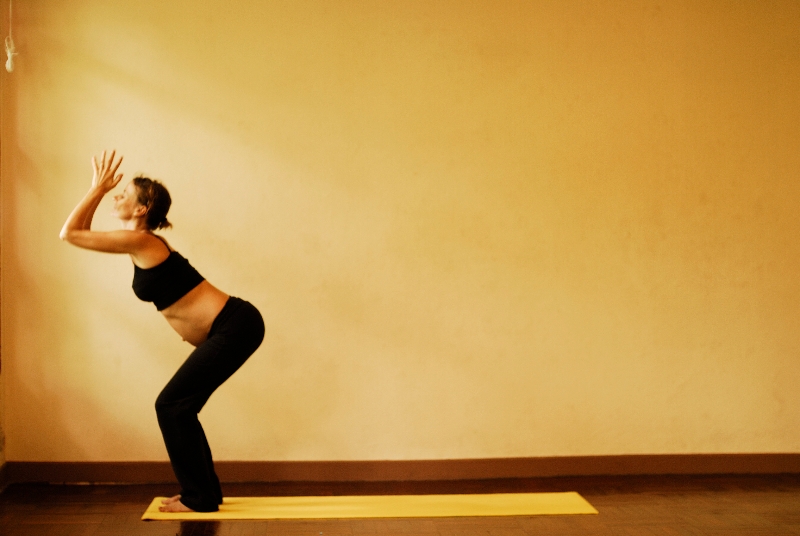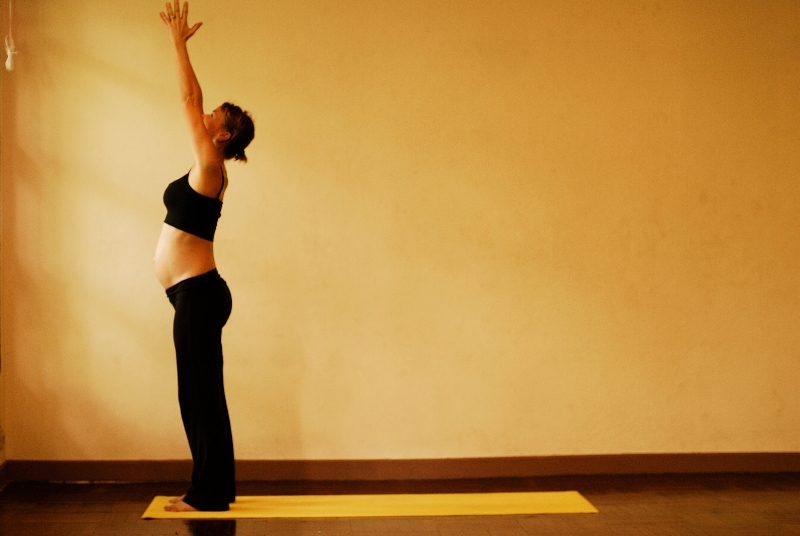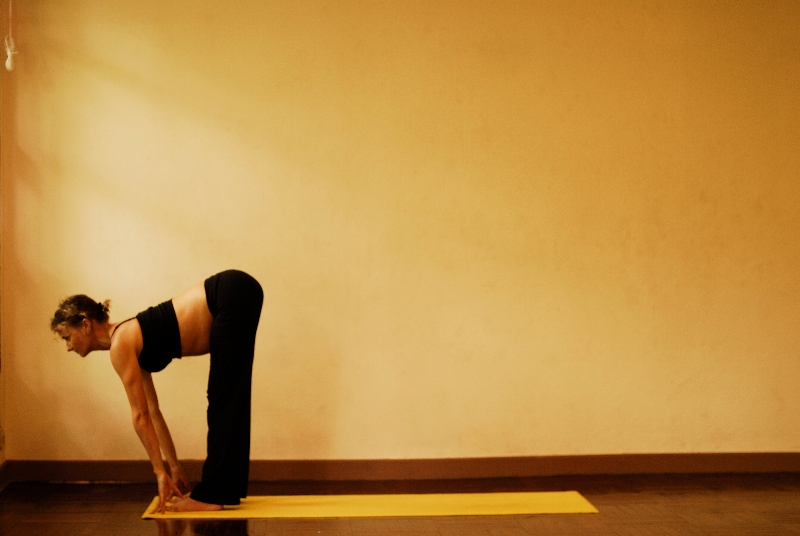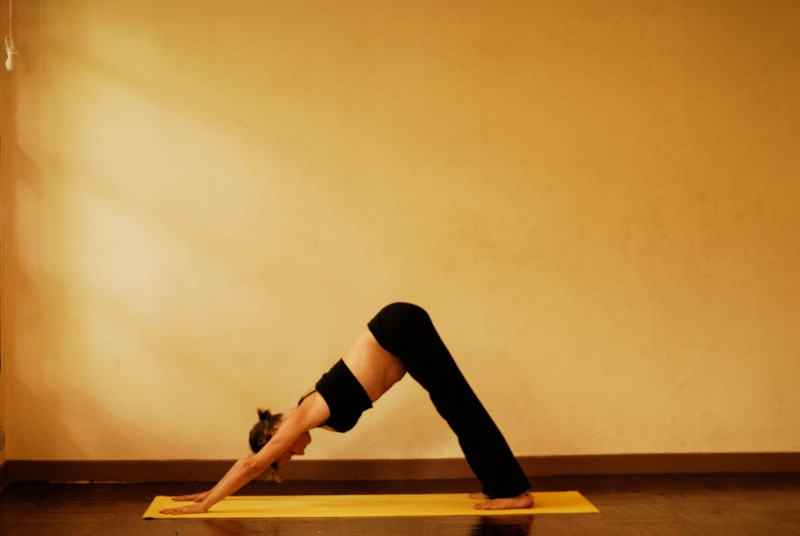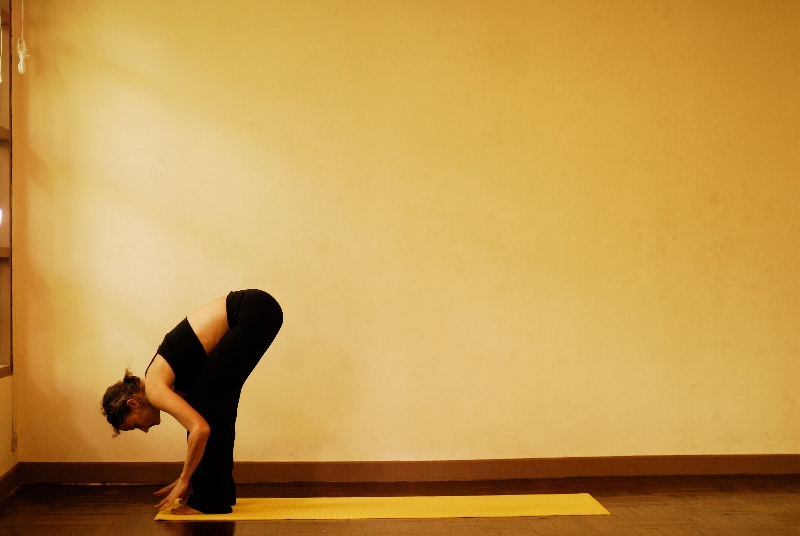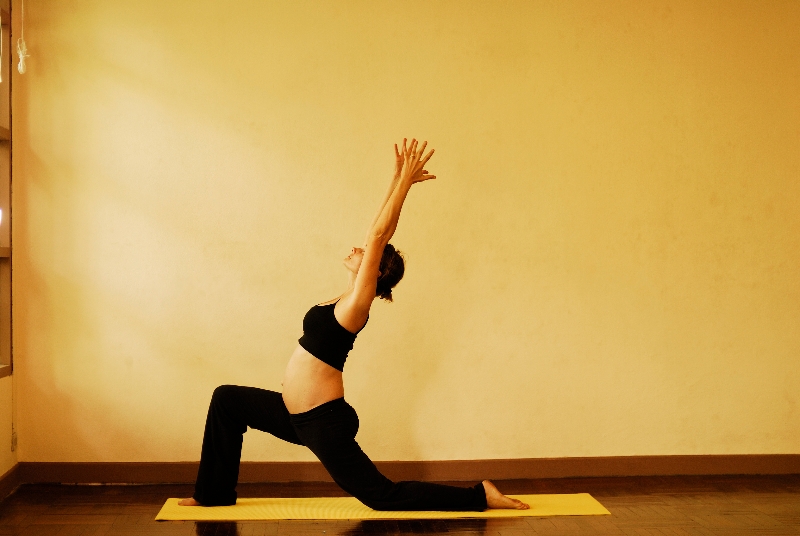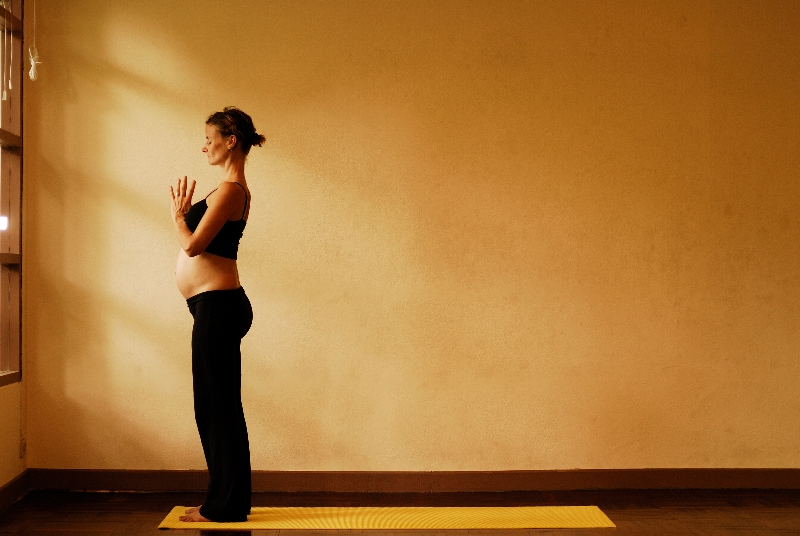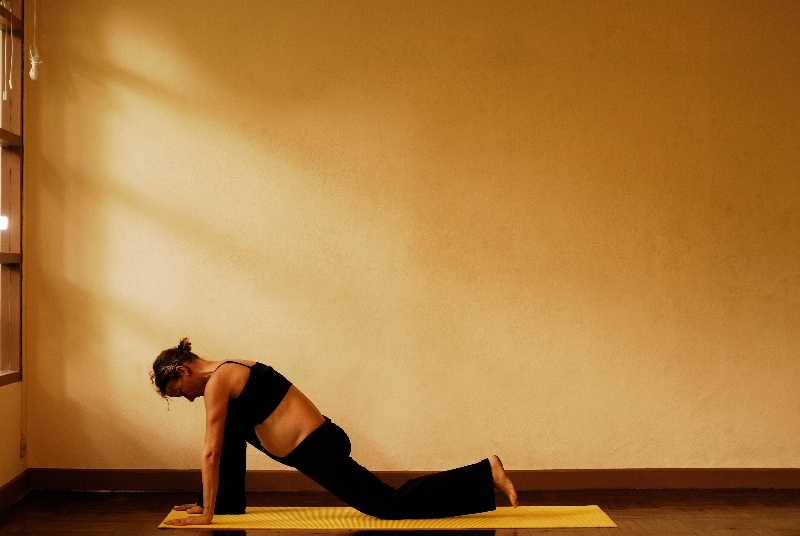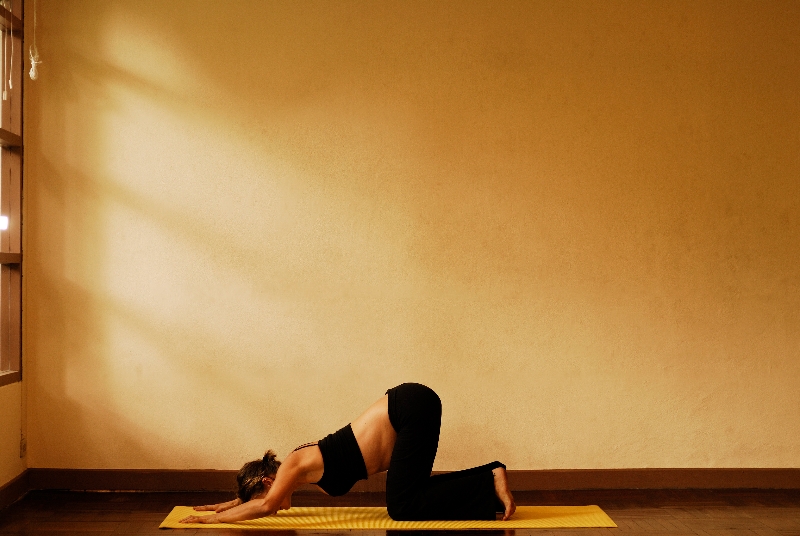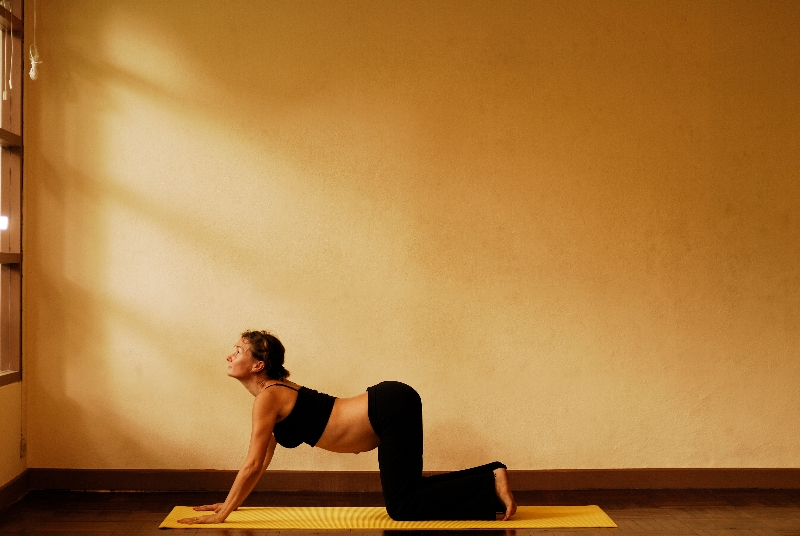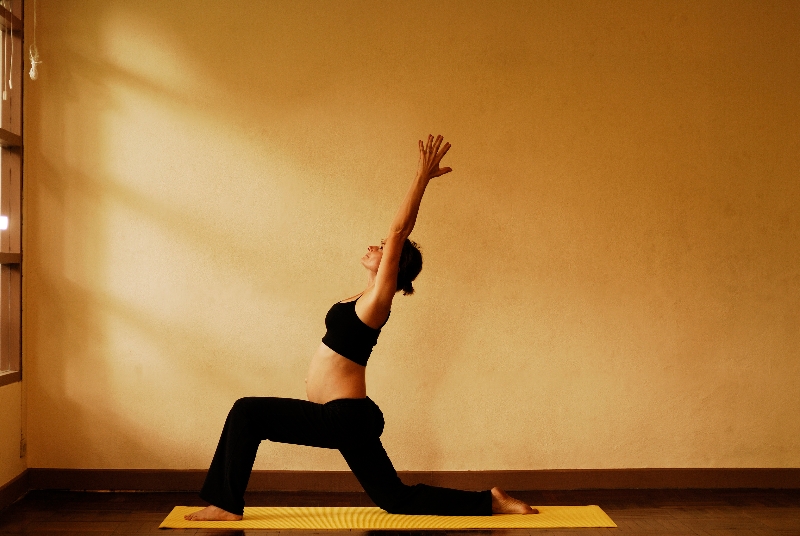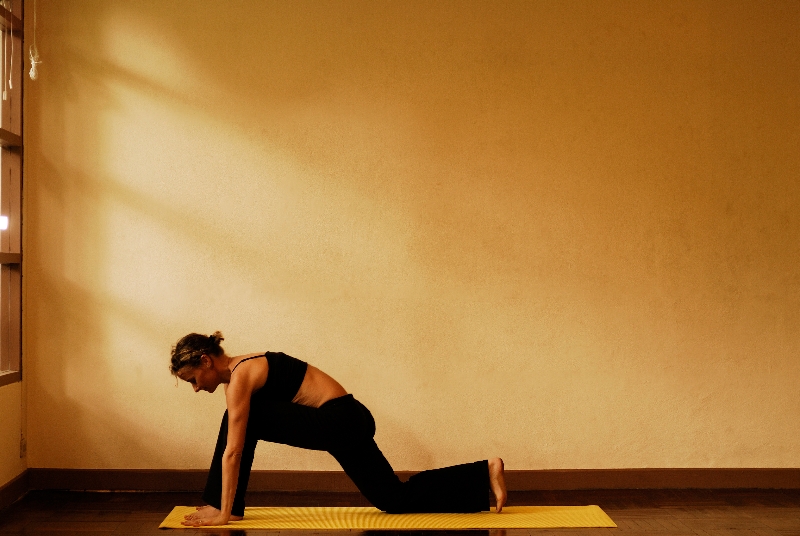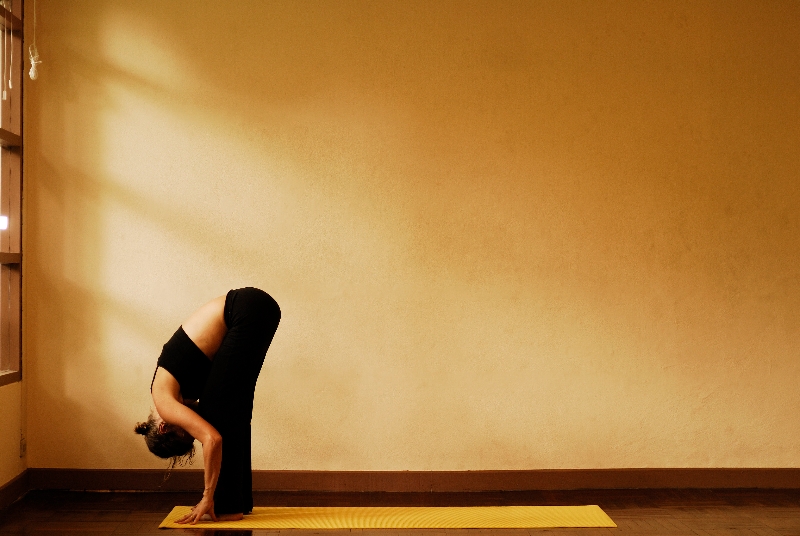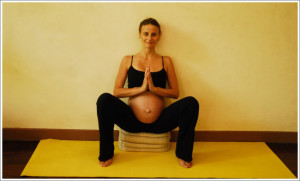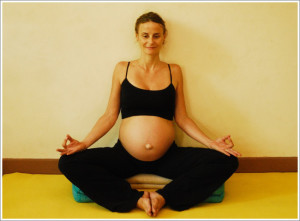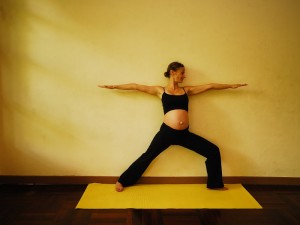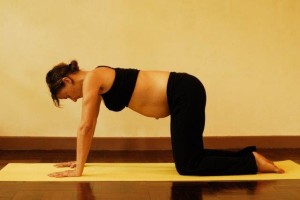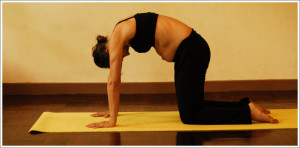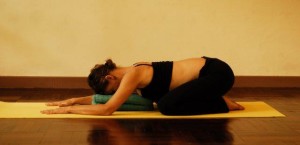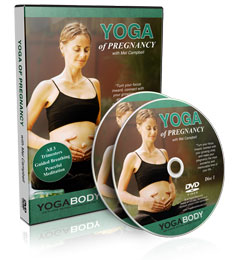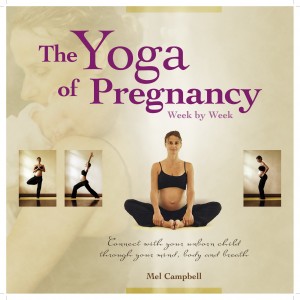Sensory Processing Yoga
As I near completion of my advanced practitioners post certification in Sensory Integration, I see my rekindled love for Occupational Therapy complimenting my love for Yoga and my two paths merging into one; Sensory Processing Yoga.
For the past two years I have been working with children with sensory processing difficulties.
Defined by the spdfoundation.net :
Sensory processing is a term that refers to the way the nervous system receives messages from the senses and turns them into appropriate motor and behavioral responses. Whether you are biting into a hamburger, riding a bicycle, or reading a book, your successful completion of the activity requires processing sensation or “sensory integration.”
Sensory Processing Disorder is a condition that exists when sensory signals don’t get organized into appropriate responses and an individual may exhibit clumsiness, poor motor skills and behaviour difficulties as a result of their sensory systems becoming over responsive to sensory input or under responsive so they want to seek out more.
The sensory systems involved are typically vestibular (movement), proprioception (body awareness) and tactile (touch) resulting in an individual having difficulties such as poor balance, coordination, and/or be over or under sensitive to movements, have difficulties knowing where their body is in space and have poor discrimination to touch. Due to their heightened sensitivity to sensations or as a result of their motor based difficulties an individual with SPD is more often than not in a constant state of alert..fight/flight or freeze.
Yoga helps to bring them back into their bodies and learn to breathe, regulating their arousal levels and helping their central nervous systems relax. Through practicing yoga, the asanas have so many wonderful benefits which help support the vestibular, (movement) proprioceptive (body awareness) and tactile (touch) sensory systems that can support an individual get back into their body and feed into their functional skills (that’s my Occupational Therapy hat!). I know me one of the main reasons I practice yoga is that is puts me in the right frame of mind to face the world, puts me back into my body and gives me the permission to be – is just seems to make sense.
For example, how can we teach someone to write (Occupational Therapy world again) if they have no idea what up/down/under/over feels like in their body (that’s proprioception -body awareness!!)?
Practicing Sun Salutations incorporates these movement, as we move through the poses we go up, down, forward, backs which support the vestibular and proprioceptive sensory systems and by using the breath through this sequence we help to calm the nervous system and regulate ourselves to help us get ready for the world.
Here is a modified version of the Sun Salutations (suitable for the first and second trimester if you are pregnant):
5 Best Yoga Pregnancy Poses
(It is advised not to practice deep or unsupported squats after week 34 of pregnancy or once the baby’s head is engaged).
In the first trimester it is vital you don’t over do, since the fotus is laying down its foundations and your is making its own adjustments. In the second trimester your may be feeling re-energised so ready to take a rest in the third trimester despite feeling pulled to ‘nest.’ Child pose gives you the permission to be quiet to breathe and simply enjoy being with your baby, as you continue to practise of The Yoga of Pregnancy, breathing, mediation and asana.
Pregnancy Yoga DVD
This Pregnancy Yoga DVD has yoga classes and training videos which will help you enjoy the changes in your body and prepare physically, emotionally, and spiritually for childbirth.
Connect with your unborn child through your mind, body and breath.
Turn your focus inward, connect with your growing child, and make your pregnancy the most wonderful and memorable time of your life …
Available only from Yoga Body Naturals (Click on ‘Categories’ & then ‘Books and DVDs’)
